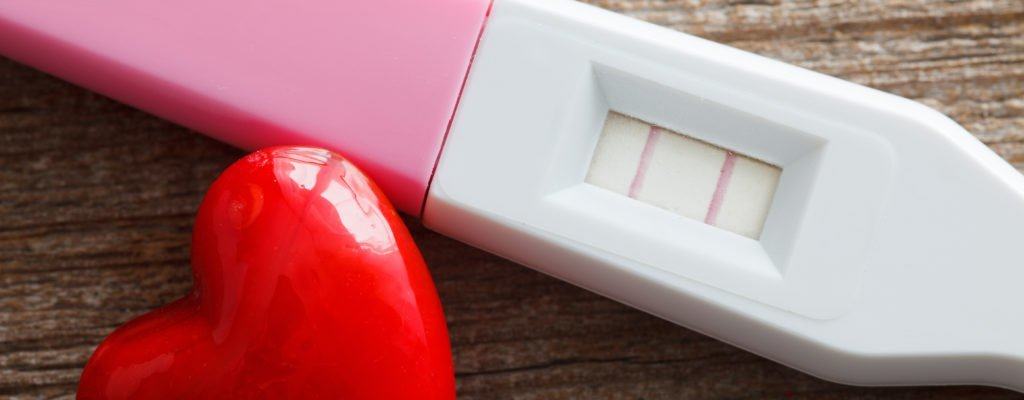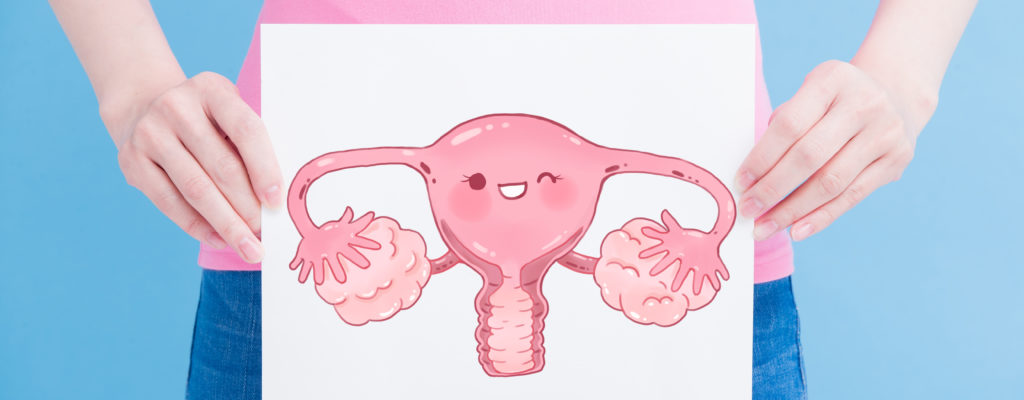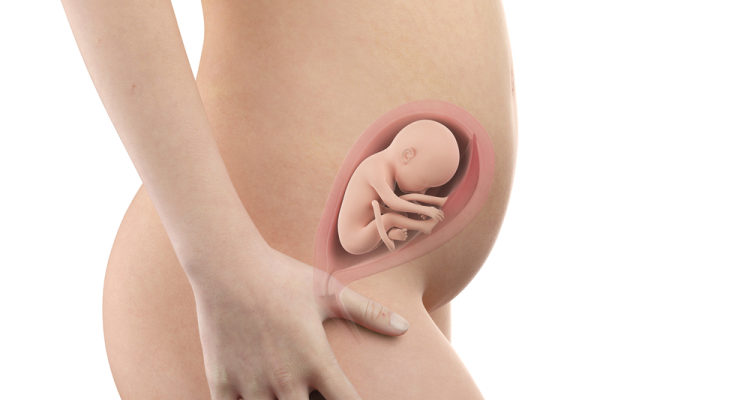One in every 1,000 children is at risk of a neural tube defect. There are many factors that increase the risk of this malformation such as family history.
1. The neural tube
During the first month, the embryo develops a tissue structure called the neural tube. As the embryo develops, the neural tube begins to change into a more complex structure like bones, tissues, and nerves that form the spine and nervous system.
However, if there is a spina bifida, the neural tube that makes up the spinal cord does not close completely, causing damage to the growth of the inner spinal cord.
2. Ultrasound
An ultrasound is a test that uses sound waves to create an image of the inside of the body. Pregnant women usually have an ultrasound scan at least 2 times. The first time is around 8-14 weeks to determine the due date. During this scan, fetal spinal problems related to spina bifida were also discovered.
3. Testing for defects
The malformation test is an ultrasound test done around 19 - 20 weeks of pregnancy. This method helps identify problems related to the baby's physical. Usually, when a test is done, spina bifida will be detected.
4. Test results
If results show that your baby has spina bifida, your doctor will give you a few suggestions for you to consider:
Continued pregnancy and child care instructions after birth.
Suspension of pregnancy.
If you are considering ending your pregnancy, you should speak with your doctor. Suspension of pregnancy will depend on the number of weeks pregnant when you make the decision. Your doctor will give you important advice.
5. Prevention of neural tube defects

Folic acid is a B vitamin. For many years, studies have shown that if the mother has a diet that provides enough folic acid , the risk of the fetus with spina bifida is reduced by up to 70%.
Folic acid supplementation is very important in the early stages of pregnancy, especially at 3 and 4 weeks. Neural tube defects most often occur at this stage. Most women do not know they are pregnant at the beginning of pregnancy. Therefore, folic acid supplementation is often overlooked. So, you should learn more and get enough of this substance if you want to become pregnant.
6. Some information about the disease
The forms of neural tube defects include: spina bifida, infarction, cerebral hernia.
The risk of a neural tube defect is higher if: a woman has had a neural tube defect in the past, is pregnant or her husband has a relative with this defect, and the mother has insulin-dependent diabetes not gestational diabetes ), pregnant women are obese or take certain antiepileptic drugs, especially those that contain sodium valproate or valproic acid.












